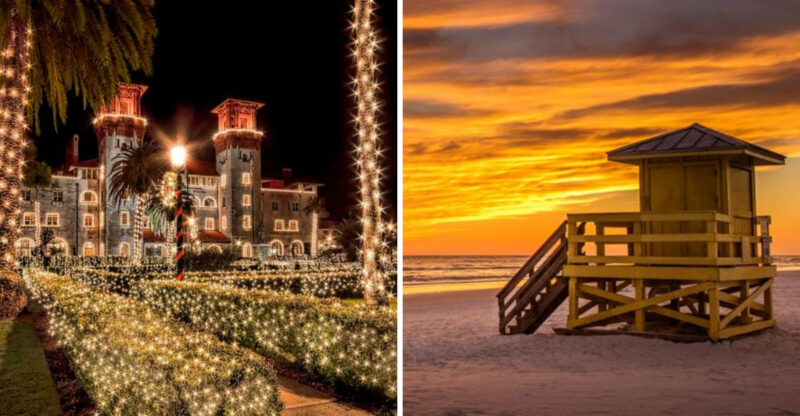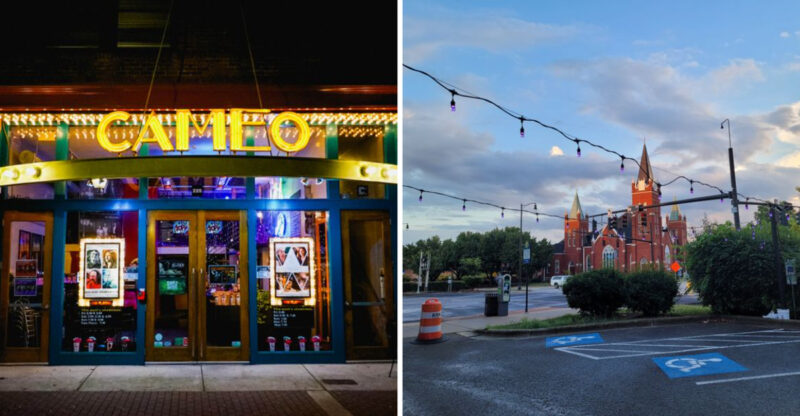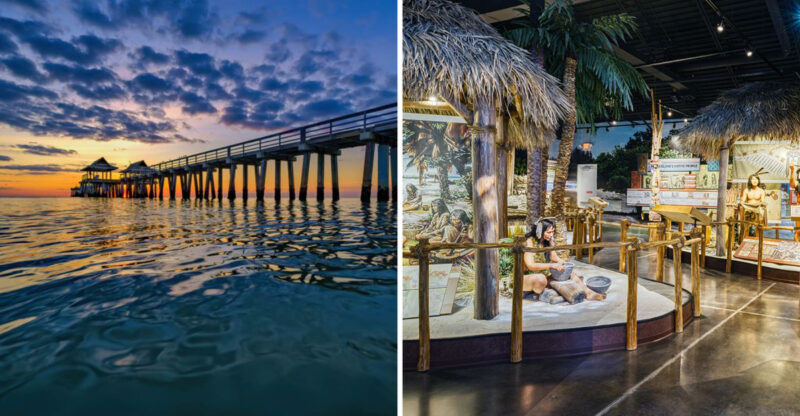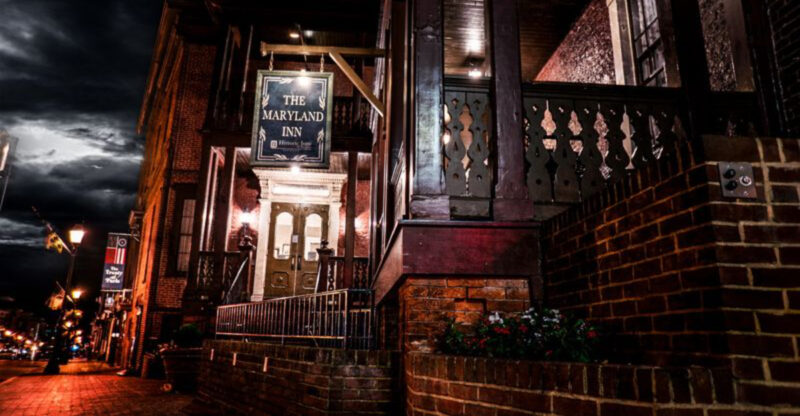16 National Parks Across Utah And Beyond Are So Overrun That Even Locals Are Speaking Up
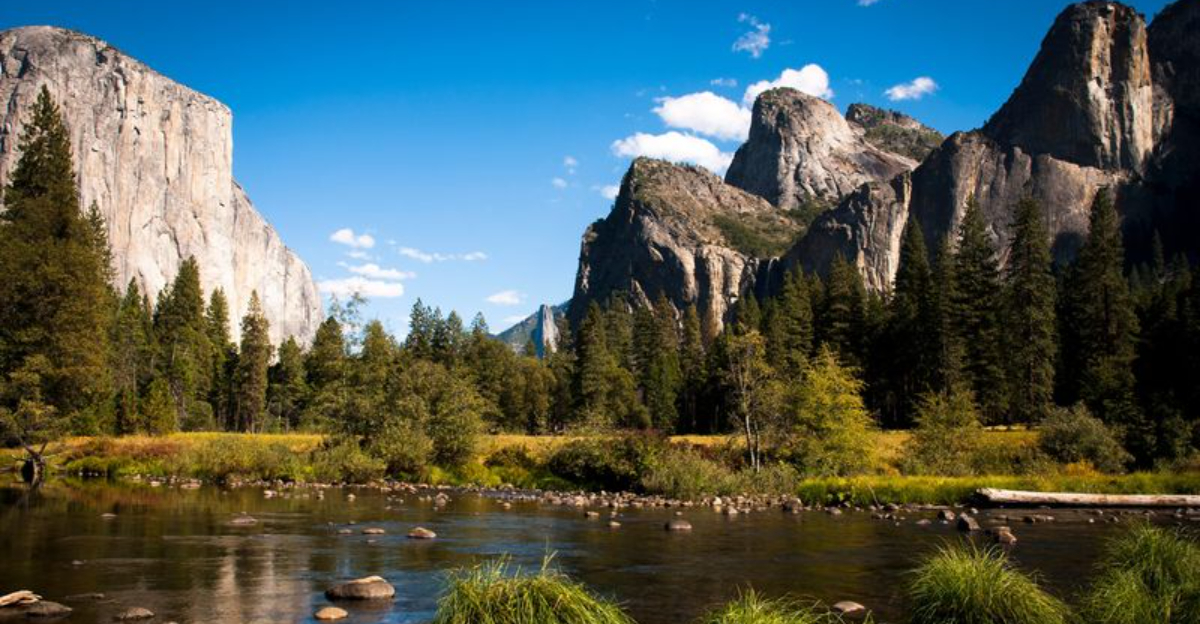
America’s national parks were created to preserve natural wonders for everyone to enjoy, but lately, some of these treasured places have become too popular for their own good.
From Utah’s red rock canyons to mountain peaks across the West, crowds are growing so large that trails are eroding, wildlife is stressed, and even longtime residents are voicing concerns.
Understanding which parks face the biggest challenges can help visitors plan smarter trips while protecting these incredible landscapes for future generations.
1. Zion National Park – Utah
Narrow canyon trails packed with thousands of daily visitors have transformed this once-peaceful sanctuary into a challenge for both nature and people. Angels Landing, one of the park’s signature hikes, now requires a permit lottery system just to manage the overwhelming demand.
Shuttle buses fill quickly during peak months, and parking lots overflow before sunrise. Local communities near the park entrance struggle with increased traffic and strain on small-town infrastructure, making everyday errands difficult for residents who’ve lived there for decades.
2. Arches National Park – Utah
Famous sandstone formations draw massive crowds that sometimes wait hours just to enter the park gates. Delicate Arch, the park’s iconic symbol, sees hikers lined up for photos throughout the day, turning a wilderness experience into something closer to waiting at an amusement park.
Rangers report increased damage to fragile cryptobiotic soil crusts, which take decades to recover. Nearby Moab residents notice the strain on local services, from emergency response teams to water supplies, as visitor numbers continue climbing each year.
3. Bryce Canyon National Park – Utah
Unique rock spires called hoodoos create an otherworldly landscape that attracts visitors from around the globe, but the influx has created serious congestion problems. Popular viewpoints along the rim become shoulder-to-shoulder during summer months, making it hard to appreciate the natural beauty.
Trail systems designed for modest visitor numbers now handle thousands daily, causing erosion and requiring constant maintenance. Local residents worry about the environmental impact and the changing character of their quiet mountain community as tourism continues its relentless growth.
4. Yellowstone National Park – Wyoming / Montana / Idaho
America’s first national park faces traffic jams that rival major cities, especially when wildlife appears near roadways. Bison and elk sightings create instant parking lots as visitors stop vehicles in the middle of roads, creating safety hazards and frustration.
Geyser basins and thermal features see constant crowds, with Old Faithful’s eruptions drawing thousands who jostle for viewing space. Gateway towns like West Yellowstone have grown rapidly to accommodate tourists, changing the quiet mountain character that longtime residents cherished and altering community dynamics.
5. Grand Canyon National Park – Arizona
One of the world’s most recognizable natural wonders struggles with visitor numbers that exceed infrastructure capacity, especially along the South Rim. Parking becomes nearly impossible during peak season, and shuttle buses run constantly but still can’t keep up with demand.
Popular trails like Bright Angel see hikers packed closely together, and rescue operations increase as unprepared visitors underestimate the canyon’s challenges. Nearby communities face housing shortages as seasonal workers flood in, pricing out local families who’ve called the area home for generations.
6. Rocky Mountain National Park – Colorado
Alpine meadows and mountain peaks attract visitors in numbers that strain the park’s carrying capacity, particularly along Trail Ridge Road. Timed entry permits were introduced to manage crowds, but popular trailheads still fill up within minutes of reservation windows opening.
Elk and bighorn sheep face constant human pressure, altering their natural behaviors and feeding patterns. Estes Park, the main gateway town, has seen explosive tourism growth that creates traffic nightmares and housing challenges for local workers and families who maintain community services year-round.
7. Grand Teton National Park – Wyoming
Jagged mountain peaks reflected in pristine lakes create postcard views that draw enormous crowds, especially during summer and fall. Popular photography spots like Schwabacher Landing become packed before dawn as visitors compete for the perfect shot.
Wildlife viewing areas see traffic backups when moose or bears appear, and trails around Jenny Lake require early arrival to find parking. Jackson Hole, the nearby resort town, has become one of America’s most expensive communities, pushing out longtime locals who can’t afford skyrocketing housing costs.
8. Glacier National Park – Montana
Mountain scenery and pristine wilderness attract visitors in numbers that threaten the very solitude that makes this place special. Going-to-the-Sun Road, a engineering marvel, becomes gridlocked during peak season as vehicles inch along the narrow mountain highway.
Logan Pass parking fills before sunrise, and popular trails like Hidden Lake see constant traffic that disturbs wildlife and erodes paths. Communities like Whitefish and Columbia Falls experience tourism booms that strain local resources and change the small-town atmosphere residents have valued for generations.
9. Great Smoky Mountains National Park – Tennessee / North Carolina
As America’s most visited national park, the Smokies see over twelve million visitors annually, creating pressure that few other parks experience. Cades Cove’s scenic loop becomes a slow-moving parking lot on weekends, with visitors spending hours in traffic rather than enjoying nature.
Popular waterfalls and historic sites see constant foot traffic that damages trails and disturbs the peaceful mountain atmosphere. Gateway towns like Gatlinburg and Pigeon Forge have transformed into tourist destinations packed with attractions, fundamentally changing communities that once centered around Appalachian heritage and quiet mountain living.
10. Acadia National Park – Maine
Rocky coastlines and mountain views draw visitors to this northeastern gem, but crowds have grown beyond what the park was designed to handle. Cadillac Mountain, famous for sunrise views, requires reservations now because too many people were creating dangerous conditions and parking chaos.
Jordan Pond and other popular sites see constant traffic during summer months. Bar Harbor, the main gateway town, struggles with tourism that overwhelms its small-town infrastructure, creating traffic jams and pushing housing costs beyond what local workers and year-round residents can afford.
11. Joshua Tree National Park – California
Desert landscapes filled with unusual trees have become social media sensations, bringing visitor numbers that strain this fragile ecosystem. Campgrounds book up months in advance, and popular climbing areas see constant use that damages rock faces and disturbs desert wildlife.
Trampled vegetation and illegal camping create lasting damage to desert soils that take decades to recover. Nearby communities like Joshua Tree and Twentynine Palms deal with increased traffic and visitors who sometimes disrespect local property and resources, frustrating residents who value desert tranquility.
12. Yosemite National Park – California
Granite cliffs and waterfalls draw millions annually, but Yosemite Valley has become so congested that it sometimes feels more urban than wild. Reservation systems in previous years controlled entry during summer months, yet traffic still crawled through the valley floor.
Mirror Lake and other popular spots see constant foot traffic that damages vegetation and disturbs wildlife. Local gateway communities like Mariposa deal with increased housing costs and infrastructure strain, making it harder for workers and longtime residents to afford living near the park they love.
13. Olympic National Park – Washington
Diverse ecosystems ranging from rainforests to rugged coastline attract visitors seeking varied experiences, but popular areas face serious overcrowding. Hurricane Ridge and Hoh Rainforest see parking lots fill early, forcing visitors to wait or leave without experiencing what they came for.
Coastal areas like Rialto Beach become packed during summer, and trail damage from heavy use requires constant maintenance. Port Angeles and surrounding communities experience tourism growth that creates housing shortages and traffic problems, challenging longtime residents who remember quieter times.
14. Mount Rainier National Park – Washington
An iconic volcanic peak draws crowds that concentrate in a few popular areas, creating bottlenecks and environmental stress. Paradise, the most visited section, sees parking lots overflow on sunny summer days, with visitors circling for hours hoping to find a spot.
Wildflower meadows suffer from trampling as people leave designated trails for photos. Gateway communities like Ashford deal with increased traffic on narrow mountain roads, and local residents worry about emergency response times when tourist vehicles clog the limited road network during peak season.
15. Everglades National Park – Florida
Unique wetland ecosystems attract visitors curious about alligators and tropical wildlife, but increasing numbers threaten this delicate environment. Popular boardwalks and viewing areas become congested, making it difficult to observe wildlife naturally and creating noise that disturbs animals.
Boat tours and kayak rentals see high demand that puts pressure on waterways and nesting areas. Nearby communities like Homestead and Florida City experience tourism impacts, though this park faces different challenges than western mountain parks, including climate threats and invasive species that visitor traffic can spread.
16. Glacier Bay National Park – Alaska
Remote Alaskan wilderness accessible mainly by boat sees increasing cruise ship traffic that brings thousands of visitors to pristine waters. Daily vessel limits exist, but even controlled numbers create noise and disturbance that affects humpback whales, seals, and other marine life.
Glaciers calving into the bay provide dramatic moments, but constant boat presence changes the wilderness character. Nearby Gustavus, a tiny community, deals with seasonal tourism impacts, and longtime residents worry about protecting the quiet, remote lifestyle that drew them to Alaska’s wilderness in the first place.

